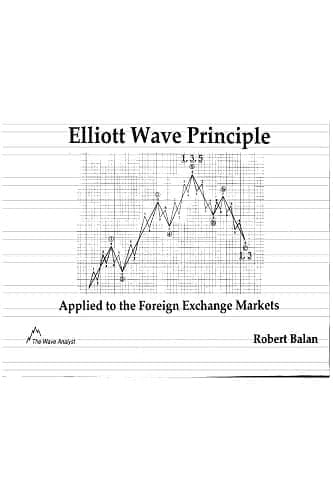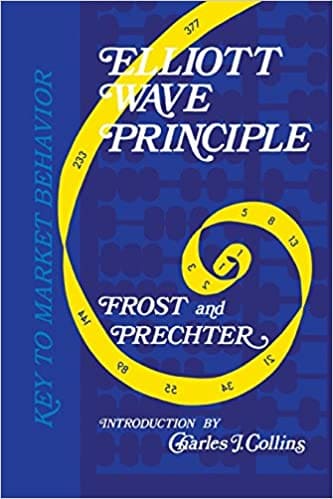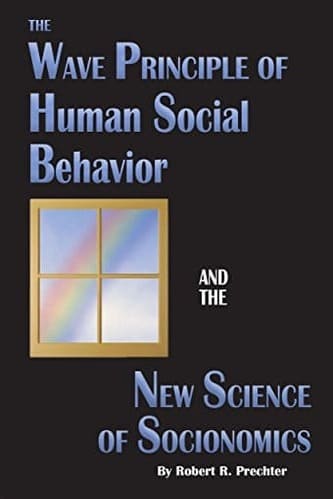Between 1983 and 1987, I had the fortune of writing a monthly column for The Market Technicians Association Newsletter entitled, “Personal & Professional News.” The column focused on interviewing notable technical analysts and strategists in our industry, many of which could be described as being legends in their own time. In fact, I probably have enough material to publish a small book. One of the many things I learned writing the column is that you don’t have to be famous to be right. Most famous analysts got where they are because they regularly appeared on financial television programs, spent huge sums of money running ads or hiring expensive public relations firms. I guess I fall somewhere in the middle of this group. There are other technicians, however, who don’t seek publicity and don’t promote themselves who have, in my opinion, more important things to say than they are given credit. One such individual is A.J. Frost.
A.J. Frost is now 81 years old and lives in Victoria, British Columbia. In my phone conversation with Frost in mid-November, he confirmed what I heard rumored for months and provided, I feel, one of the greatest revelations since (or probably before) the crash. What is this great insight? Frost is co-author of the highly acclaimed technical book, the Elliott Wave Principle, described as the “Bible of wave analysis” and is co-authored by Robert Prechter, Jr. This book correctly foretold the bull market of the 1980’s and is now being billed as having also correctly foretold the bear market of the 1980’s. But, alas, there is more to the story than this. When this book was written back in the late 1970’s, both Prechter and Frost agreed the Dow would reach the 2700 level, but sometime later they parted company when Prechter revised his forecast to over 3880, then 3686.
Frost never agreed on this higher projection that was given such overwhelming publicity by Wall Street and the financial press. As Prechter later admitted, the number took on a life of its own, probably well beyond his own intentions. Well, the crash came and went and Prechter went into seclusion, except to his subscribers. Why? His new forecast was to Dow 400 (that’s right, 400!), having interpreted Elliott Wave theory to have completed that important and significant Fifth Wave, the wave to end all waves, so to speak. Well, Frost is doing fine, except for a short hospital visit this week, and speaks loudly and clearly from his vantage point up in Canada, away from all the hot air on Wall Street. Frost disagrees with Prechter and says that Prechter will, in time, need to change his short-term bearish view, though Frost eventually agrees we’re going to have problems. According to Frost, “There’s no better investment than the stock market.”
Suggested Books and Courses About Elliott Wave Analysis
Elliot Wave and Market Psychology Course By Crypto Picasso
Original price was: $6,500.00.$106.49Current price is: $106.49.Frost was once partners with the famous Hamilton Bolton, nicknamed Hammy. Frost is very strong on simple things. For example, he looks at three pre-conditions for a market top in addition to Elliott. The first is the debt/loan ratio which measures spending to short-term debt in the U.S. as a whole, excluding New York where the transactions are so big. Frost believes we’re coming into a secular top and that the only thing that seems to be holding the U.S. economy up is a declining dollar which has encouraged exports and discouraged imports. The other pre-conditions are a negative interest curve (higher short term rates over long term rates) which seems to be now unfolding and a rising Dow in relation to deteriorating breath.
According to Frost, what happened on October 19, 1987 normally wouldn’t have happened until about December 6 and if it hadn’t been such a sudden and unexpected plunge, “I don’t think it would have meant anything,” said Frost. “Back in 1986 the fourth wave close was at 1738.75, and during the crash the lowest close was 1738.41 which came within one percent of one percent of the previous fourth wave of one lesser degree and as far as I’m concerned it confirmed my Elliott wave count,” Frost said more specifically.
“Bob Prechter had a different reading and he thought it destroyed his count…it may have destroyed his count, but it didn’t destroy mine,” said Frost.
Frost is, as you can see, still very much in the Bullish camp. He now expects to see a five-wave structure up climaxing over Dow 3000, and perhaps fairly quickly (next spring or summer). If it gets there “I feel we’re then coming into a period of decline right into 1992-1994, experiencing a whole series of Black Mondays, Tuesdays, Wednesdays, Thursdays, and Fridays. . . I think it’s going to be just pitiful,” said Frost. This period of 1992-1994 may be reminiscent of 193 1-1932. In essence, Frost is looking for a period of euphoria followed by a period of panic. Frost is also looking for a weak bond market next year as we continue to experience a negative interest rate curve. There’s an underlying tendency for the stock market to move in increments of its square root and to turn on the square of even numbers (based on Hamilton Bolton’s theory, and never published). The Dow number of 3250 is close to a square (57) and may, therefore be the ultimate high. Frost likes this theory because Elliott analysis incorporates some square root aspects.




